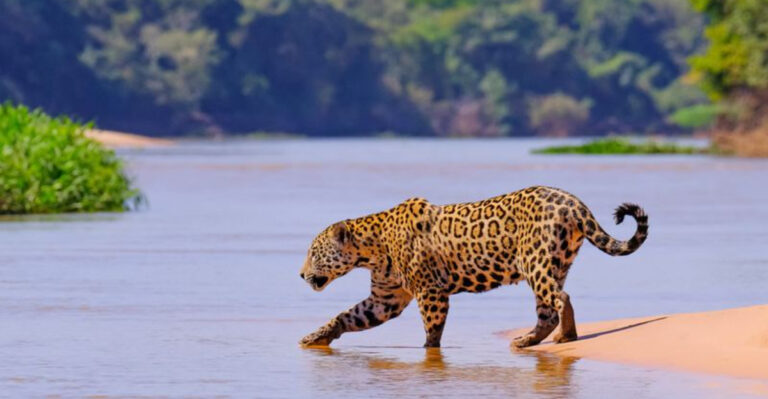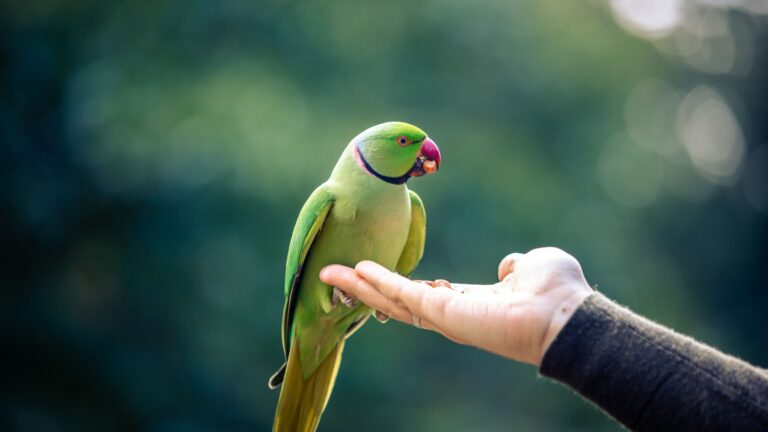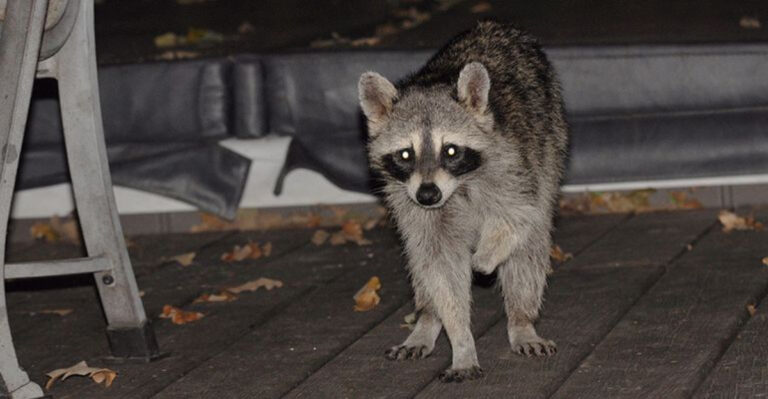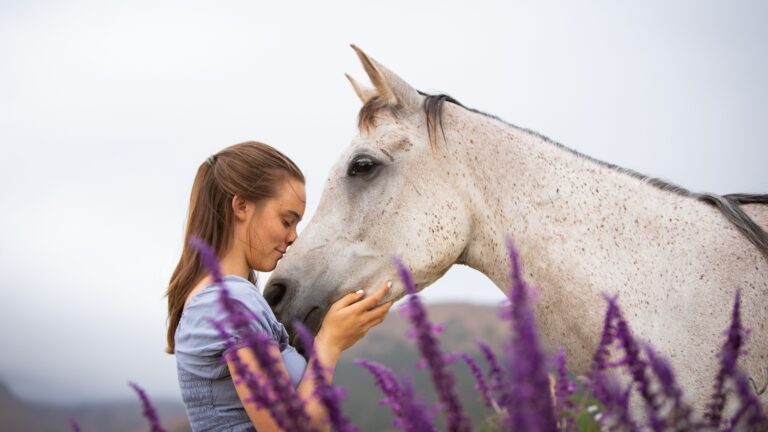9 Surprisingly Dangerous Animals Hiding In Your City
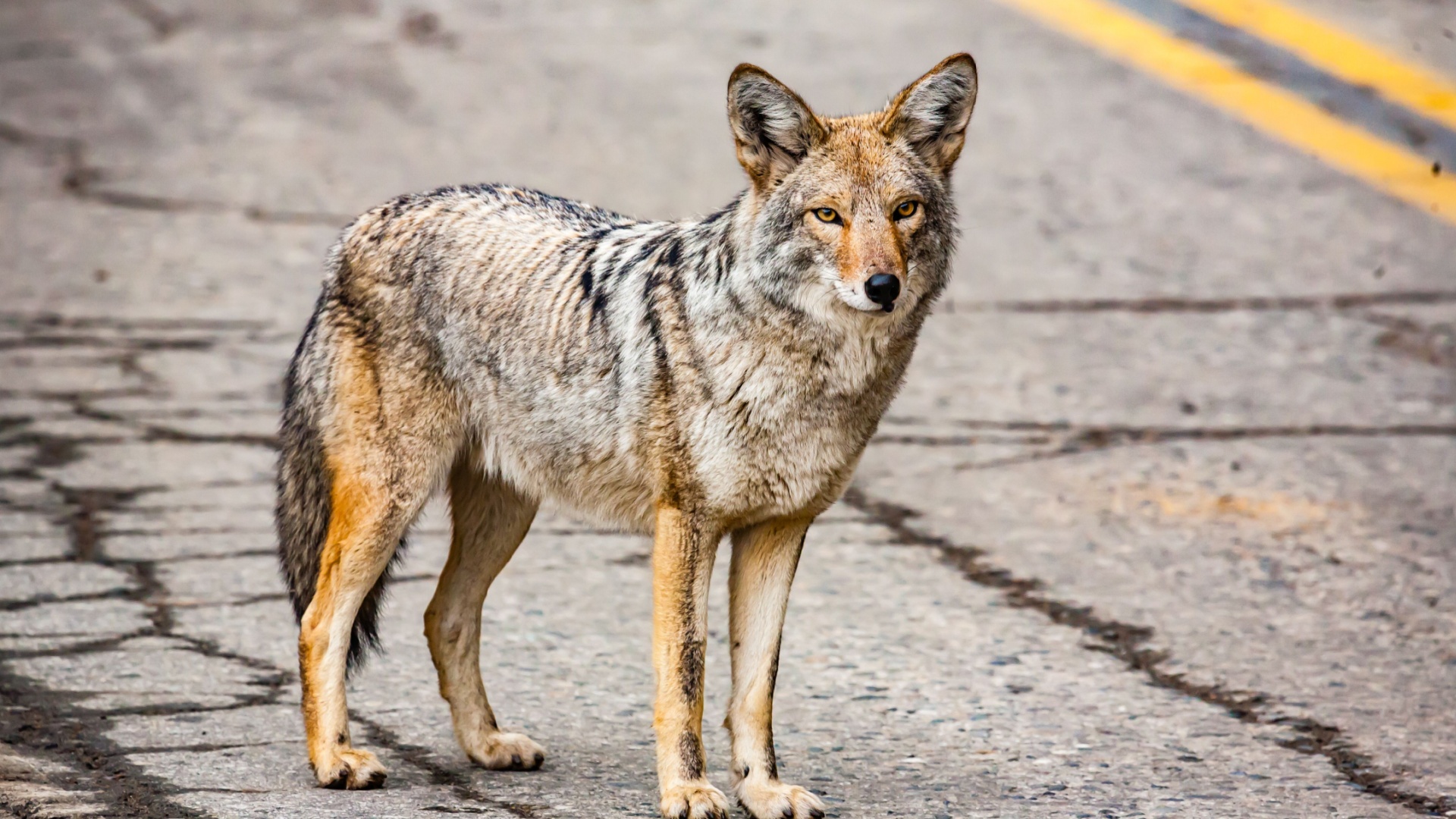
Cities, with their bustling streets and towering skyscrapers, might seem like the last place to find dangerous animals.
Yet, lurking in alleys and parks are creatures you’d never expect to pose a threat. From sneaky raccoons to stealthy snakes, urban landscapes are home to surprising wildlife that can catch you off guard.
Let’s explore these creatures with a blend of humor and caution, and uncover just what might be lurking in your backyard.
1. Raccoons
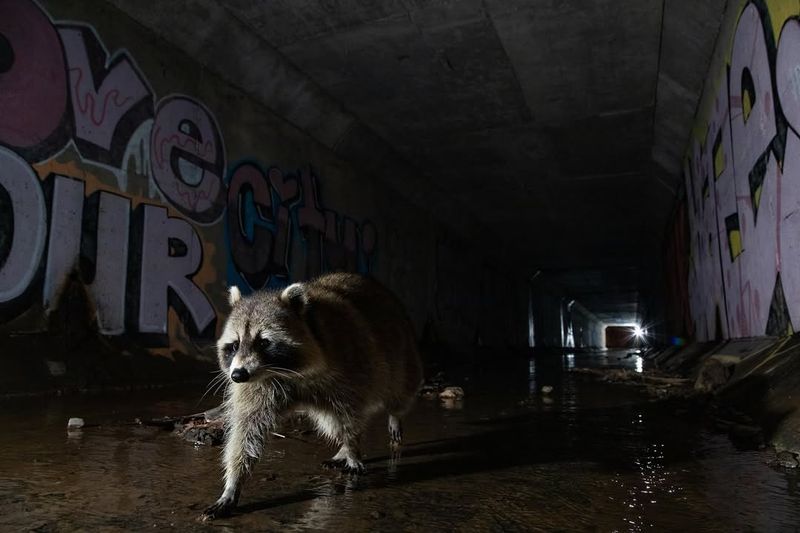
Raccoons are the masked bandits of the city, often seen darting across streets at night. Their adorable appearance belies a mischievous nature.
Don’t be fooled by their cute faces; raccoons can carry diseases like rabies. Keep your garbage secured and enjoy watching these urban acrobats from a safe distance.
Raccoons have adapted well to city life, making them a common, yet surprising, hazardous presence in urban environments.
2. Alligators
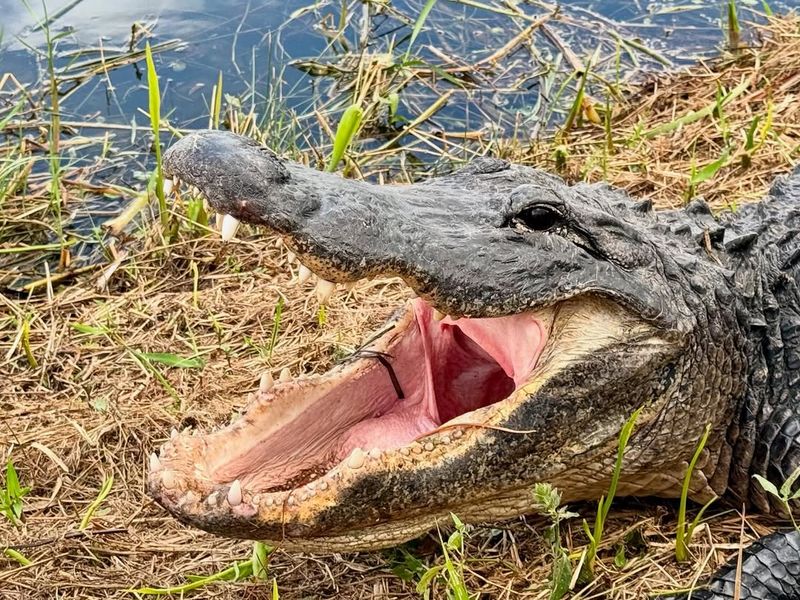
In cities like Miami, alligators have found a home among the canals and waterways. These ancient reptiles may look slow, but they can launch into action with lightning speed.
Whether sunbathing on a riverbank or silently gliding beneath the water’s surface, alligators demand respect. Keep a safe distance if you spot one.
These toothy residents remind us that nature’s untamed wilderness often lurks just around the corner, even in the heart of the city.
3. Stray Dogs
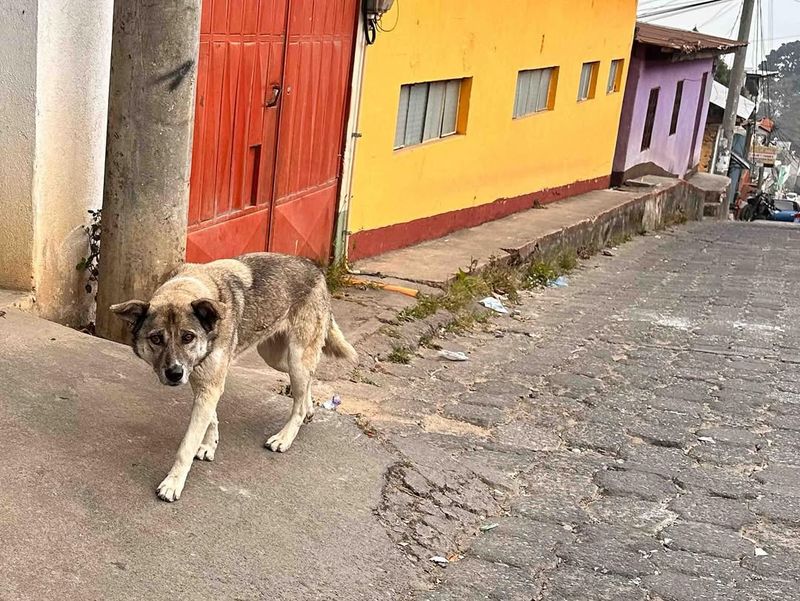
Stray dogs can be a surprising threat in urban areas, especially when they form packs. While many are friendly, some may feel threatened and become aggressive.
Approach with caution and avoid direct eye contact. Offering food might seem kind, but it’s best to alert animal control.
These four-legged wanderers contribute to the city’s vibrant street life but remind us to be cautious around unfamiliar animals, who may have had rough pasts.
4. Foxes
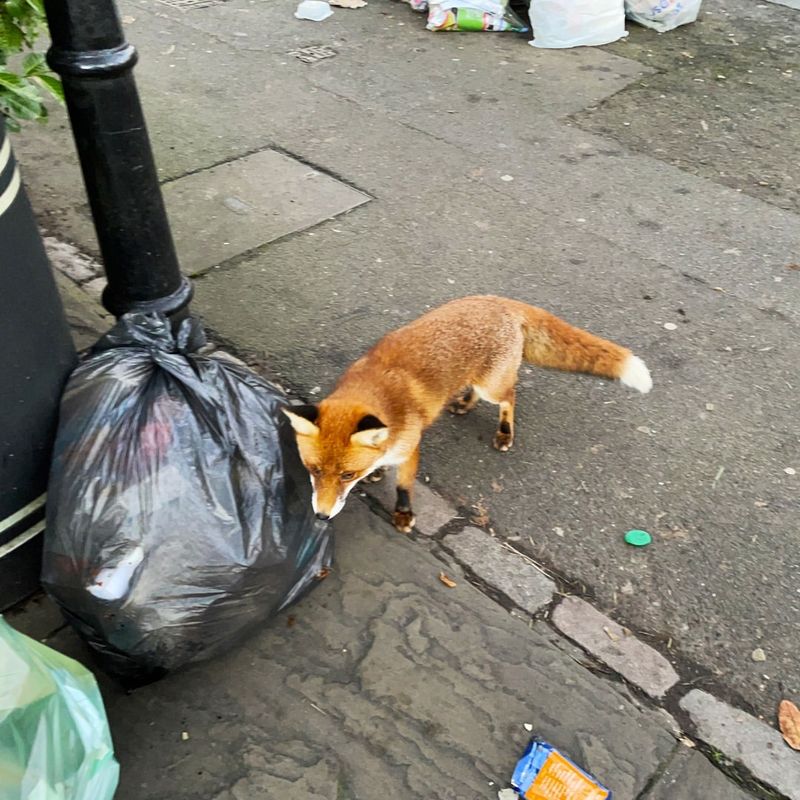
Foxes have adapted surprisingly well to urban environments, often seen roaming city streets and parks. These clever animals are drawn to cities by easy food sources like trash, small pets, and rodents.
Though they may seem shy, foxes can become bold when they grow used to humans, sometimes venturing close to homes. Their presence in cities adds a wild element to urban life, but they can also pose risks if they feel threatened or cornered.
While foxes usually avoid conflict, it’s important to remember they are still wild animals and should be treated with caution.
5. Snakes
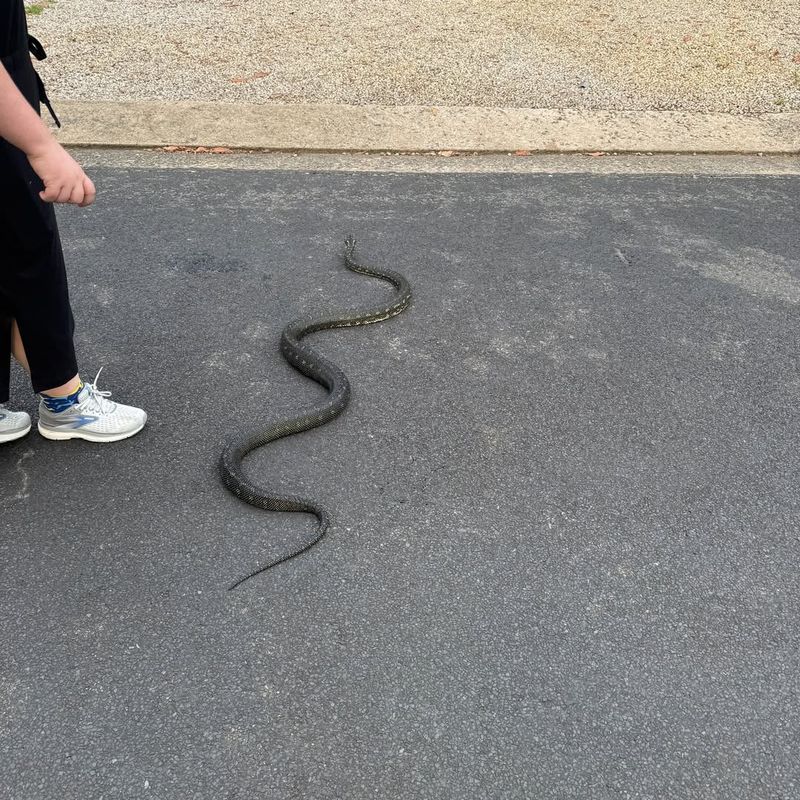
Snakes in the city? Absolutely! Urban parks with their lush greenery provide an ideal habitat for these slithering creatures.
While most are harmless, a few can pack a venomous punch. Stay on designated paths and watch where you step, especially in overgrown areas.
With their stealthy nature, snakes are adept at evading attention, but it’s wise to be cautious and give them space to slither away.
6. Rats
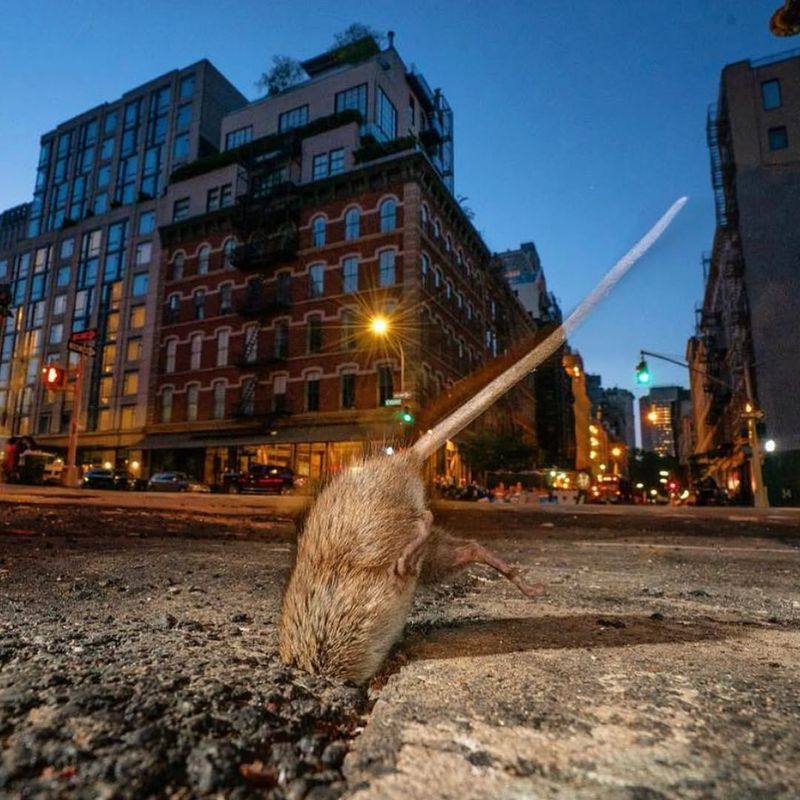
Rats are the uninvited guests of city life, often spotted scurrying along subway tracks or darting across alleyways. Their rapid reproduction and adaptability make them hard to control.
Beyond being a nuisance, rats carry diseases that can spread to humans. Keep your food sealed and living spaces clean to avoid attracting these critters.
While they might be small, the impact of rats on urban health and safety is anything but minor.
7. Pigeons
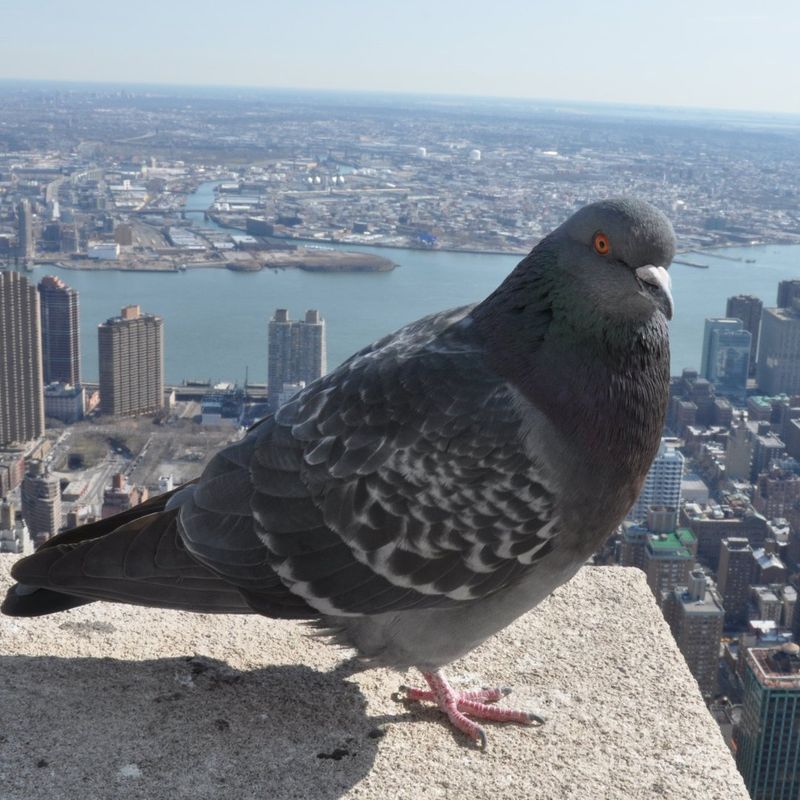
Often called “rats with wings,” pigeons are a common sight in cities worldwide. While they seem harmless, these birds can transmit diseases through their droppings.
Be mindful when feeding them, as it encourages flocks to linger and multiply.
These feathered residents add character to urban landscapes but remind us that not all city dwellers are as innocent as they appear.
8. Coyotes
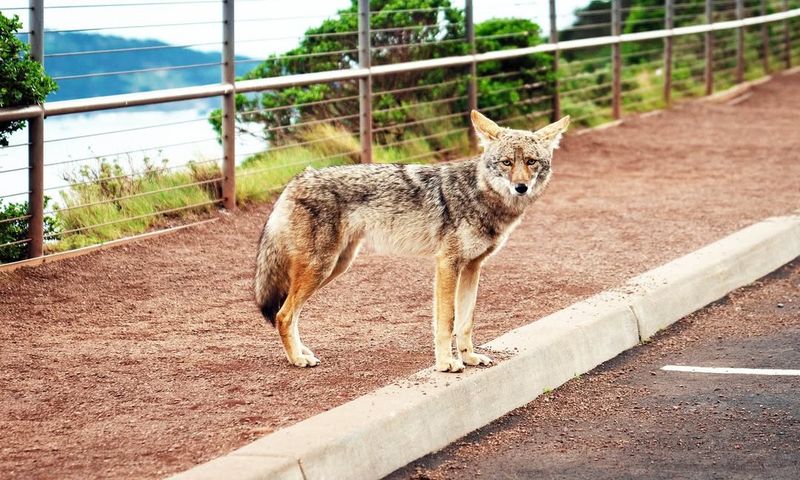
Coyotes have ventured into cities, drawn by ample food sources and shrinking wild habitats. These cunning canines are mostly nocturnal, hunting small mammals or scavenging.
Keep your pets indoors at night and secure trash bins to deter their curiosity.
Though they often shy away from humans, coyotes’ adaptability to urban life may bring them closer than you’d expect, blending the wild with the urban.
9. Feral Cats
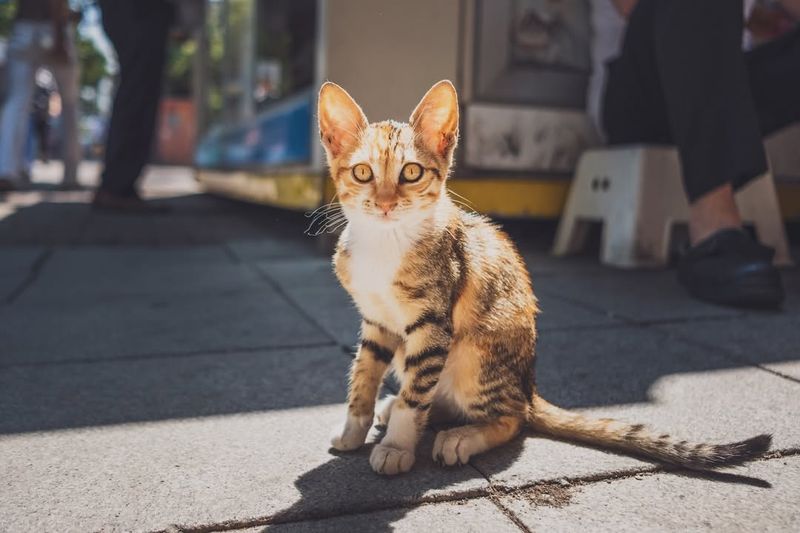
Unlike their domesticated counterparts, feral cats are wary of humans and live in colonies.
While they help control rodent populations, they can also spread diseases to other animals. Avoid handling them and consider supporting trap-neuter-return programs.
The mysterious allure of feral cats adds to the city’s nocturnal life, but their presence is a reminder of the delicate balance between urban living and wildlife.

